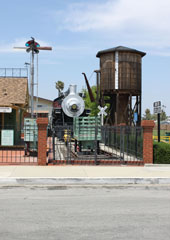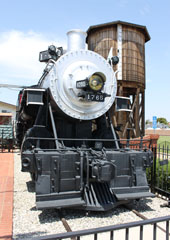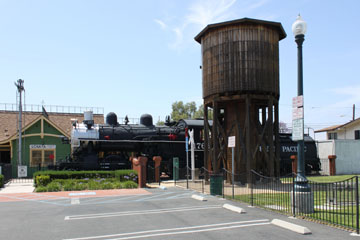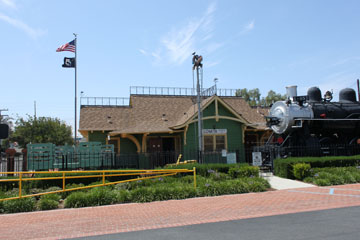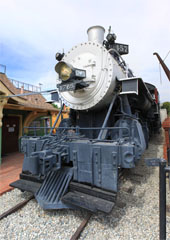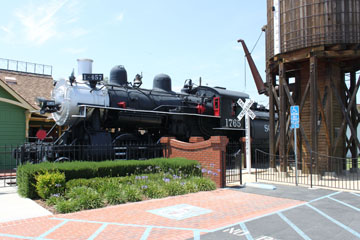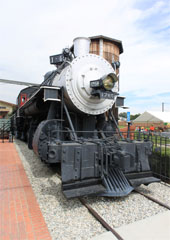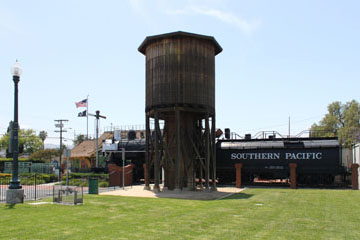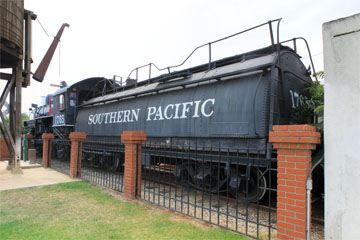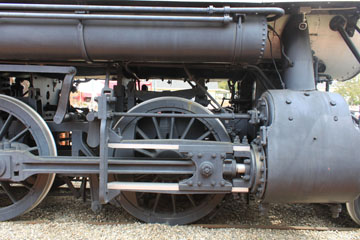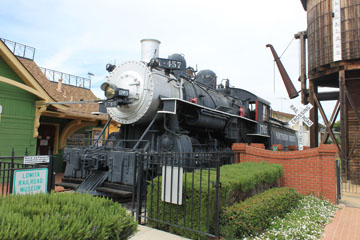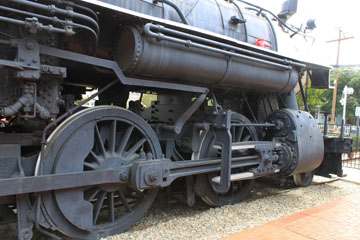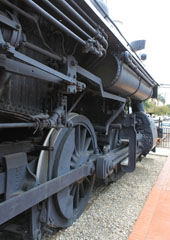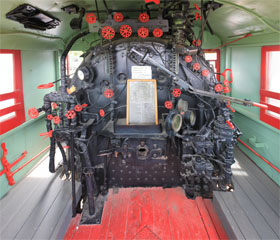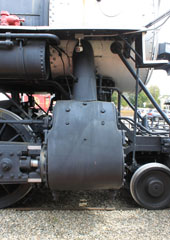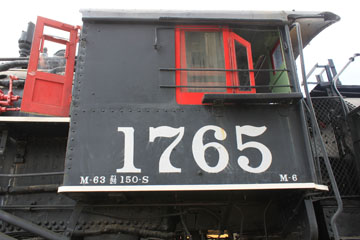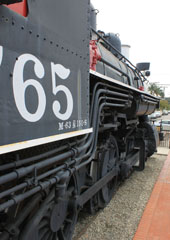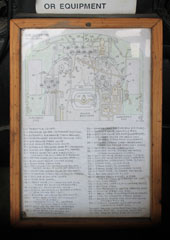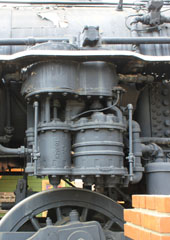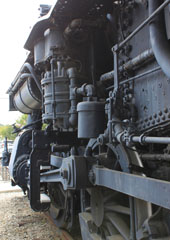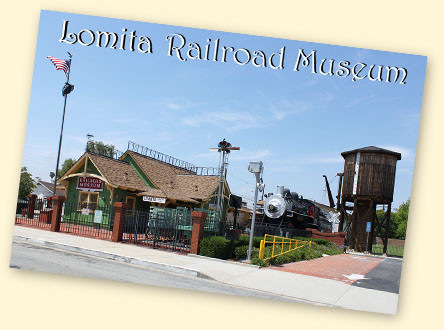

The Lomita Railroad Museum is located at 2137 W 250th St in Lomita, CA, and is open Thursday-Sunday 10.00 am - 5.00 pm (closed major holidays). The museum was founded by Irene Lewis in the early 1960s in honour of her late husband Martin Lewis. Opened in 1967, its goal is to preserve the history of railroads and US Westward Expansion.
The museum building is a replica of a 19th Century depot that once stood in Wakefield, MA. The 35’ tall water tower is also a replica. It was completed in 2001. The museum is home to Class M-6 Mogul (2-6-0) type locomotive #1765, one of sixty-nine of the class (#1725-#1769 & #1780-#1803) built for the Southern Pacific and its subsidiary, the Texas & New Orleans, in 1902 by Burnham, Williams & Co., an early incarnation of the Baldwin Locomotive Works.
As well as #1765, the museum includes a 1910 UP Caboose, a modern ATSF caboose, a 1923 Union Oil Tank Car, 1913 SP wooden box car and an 1881 Maine Central velocipede.
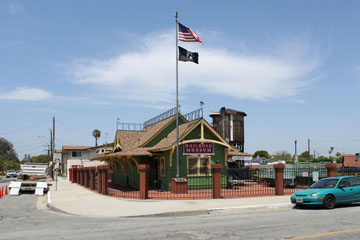
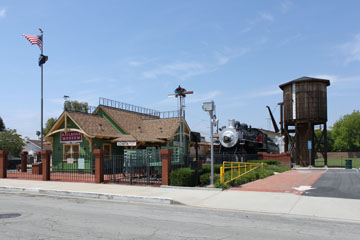
The Southern Pacific was relatively late to start buying Moguls in any number. The type had been popular with many railroads in the mid-late nineteenth century, and SP's predecessor, the Central Pacific owned a small number from the 1860s. By the time the SP started acquiring Moguls at the turn of the century, however, the type had largely fallen out of favour with other railroads, which were starting to invest in larger Consolidation (2-8-0) types.
The SP eventually rostered two hundred and fifty-two Moguls.
#1765 mainly hauled freight but also,
occasionally, worked light passenger trains. It was based in the Los Angeles area and was sometimes assigned in helper service over the Soledad Canyon summit to Palmdale, CA. Its last major overhaul, including new tires on the drivers, was in 1953.
The locomotive was retired in 1958. Two years later, it was sold for scrap to the National Metals Company on Terminal Island where it remained until bought by Irene Lewis in 1966 for display at the museum.
The M-6 locomotives were built as saturated Vauclain compounds
with Stephenson valve gear, and 15½” x 28” high pressure and
26” x 28” low pressure cylinders. Oil burners operating at a boiler pressure of 200 psi, they
delivered 26,785 lbs tractive
effort.
As compounds, they weighed 174,000 lbs, 150,400 lbs on their 63” drivers.
Simpled in 1912 with 22” x 28” cylinders, the engines were superheated in 1919 by the SP, raising their weight to 184,700 lbs, 159,000 lbs on their drivers, and increasing tractive effort by nearly 25% to 33,320 lbs. They have a 49.5 sq ft grate, 170 sq ft firebox and total heating surface of 2,380 sq ft, including 373 sq ft superheating. The "whaleback" tender was a later addition built at the SP's Sacramento shops.
Two other M-6s have survived. You can see them on the SP #1727 and SP #1785 pages of this website.


